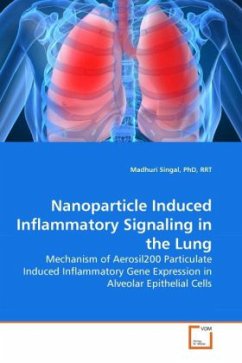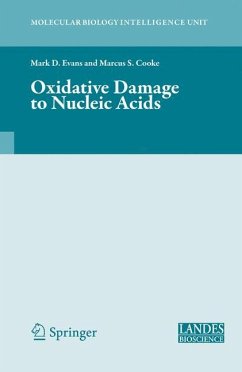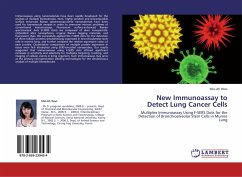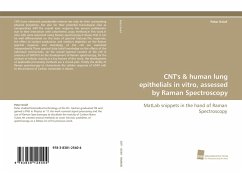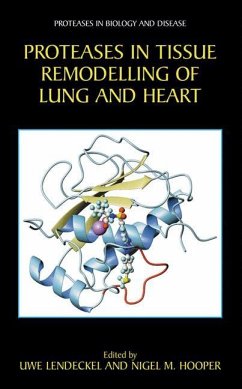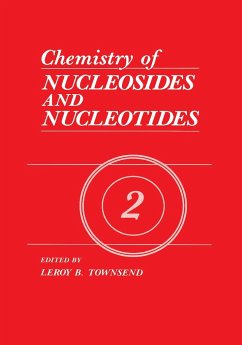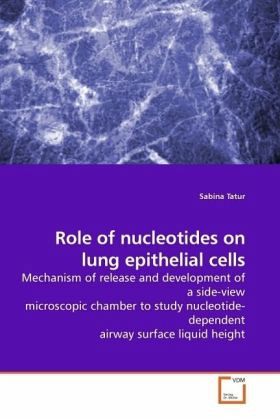
Role of nucleotides on lung epithelial cells
Mechanism of release and development of a side-view microscopic chamber to study nucleotide-dependent airway surface liquid height
Versandkostenfrei!
Versandfertig in 6-10 Tagen
52,99 €
inkl. MwSt.

PAYBACK Punkte
26 °P sammeln!
Extracellular nucleotides, acting via purinoreceptors, regulate important physiological processes in most body tissues. In the airways, extracellular nucleotides are implicated in the primary defence mechanism by potentiating mucociliary clearance and surfactant secretion. Two different approaches for studying extracellular nucleotides on the lung epithelium are presented and divide this thesis into two parts. The first part focuses on the physiological aspect of nucleotide release, especially ATP, from the alveolar type II cell line A549 and the second on the development of a side-viewing tec...
Extracellular nucleotides, acting via purinoreceptors, regulate important physiological processes in most body tissues. In the airways, extracellular nucleotides are implicated in the primary defence mechanism by potentiating mucociliary clearance and surfactant secretion. Two different approaches for studying extracellular nucleotides on the lung epithelium are presented and divide this thesis into two parts. The first part focuses on the physiological aspect of nucleotide release, especially ATP, from the alveolar type II cell line A549 and the second on the development of a side-viewing technique for the observation of ATP-dependent airway surface liquid (ASL) height variations.



